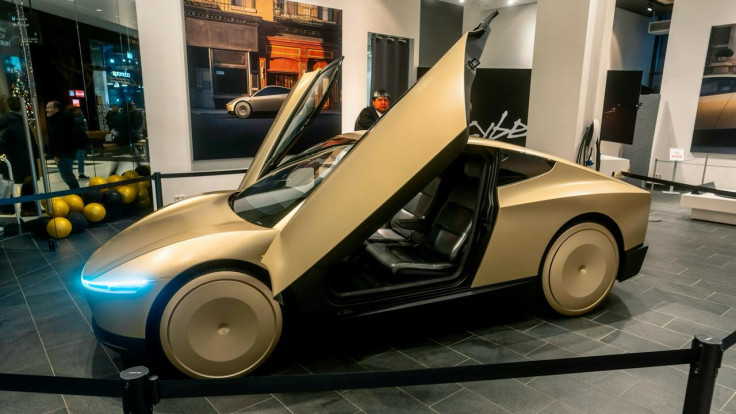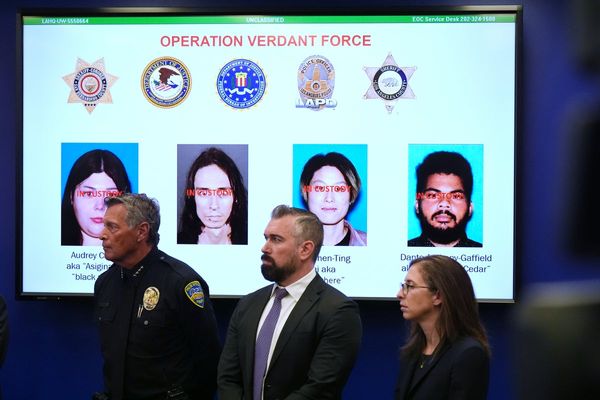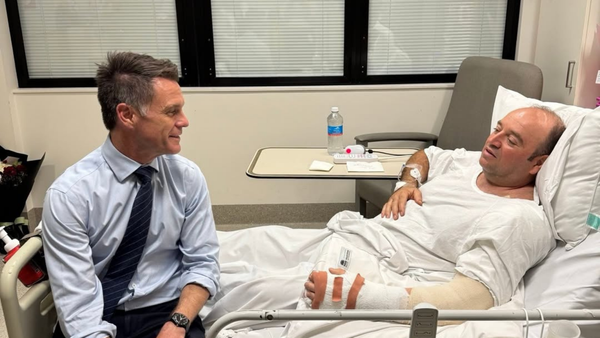
Tesla's Cybercab will make its Asia‑Pacific debut in Shanghai next month at the China International Import Expo, placing the US automaker squarely in view of regulators and rivals in the world's most competitive electric‑vehicle market. The timing is striking as China's Xpeng has scheduled its 2025 AI Day on the same week and is expected to reveal advances in what it calls 'physical AI,' setting the stage for a public clash of robotaxi visions.
Tesla confirmed the Cybercab appearance via company channels, announcing a display at Booth A3‑03 in Hall 2.1 of the National Exhibition and Convention Center. The vehicle, unveiled in the United States in 2024 and trialled in Austin with safety monitors, represents Tesla's push into purpose‑built autonomous ride‑hailing hardware.
Tesla's Regional Debut Amid Fierce Competition
China already hosts multiple domestic robotaxi initiatives, and companies such as Baidu and Pony.ai have been testing commercial services across major cities for years. Xpeng has also expanded rapidly into autonomy and robotics, and its AI Day on November 5 promises to highlight breakthroughs in embodied intelligence, a direct thematic overlap with Tesla's autonomous ambitions.
For Chinese consumers and regulators, seeing both approaches side by side will make comparisons inevitable. Tesla's return to the China International Import Expo follows a one‑year absence and comes at a time when the company's local deliveries have softened.
Presenting the Cybercab in Shanghai offers an opportunity to re‑engage a market where rivals have made deep technological and commercial inroads. The Cybercab is pitched as a vehicle optimised for robotaxi operation rather than personal ownership.
Early US trials have used human safety monitors and invitation‑only riders while full production remains slated to expand next year. Demonstrating the hardware's maturity in Asia may help Tesla build partnerships or at least shape the regulatory dialogue around autonomous services.
Tesla Cybercab's Technical and Regulatory Implications
The Cybercab's design and Tesla's full‑stack autonomy strategy rest on a camera‑first approach that contrasts with sensor suites favoured by some Chinese rivals. Tesla has previously expanded its Robotaxi geofence in Austin and adjusted fleet size incrementally, emphasising software and fleet learning as levers to scale.
On display in Shanghai, the Cybercab will offer stakeholders a tangible example of that philosophy, but the policy question remains: will Chinese authorities allow foreign robotaxis to operate domestically, or will they limit commercial deployment to homegrown firms?
Xpeng's AI Day, by contrast, centres on 'physical AI' and may showcase developments across autonomous driving, humanoid robotics, and integrated AI chips. The company already unveiled a Turing AI chip and its Iron humanoid at past events, and its Guangzhou presentation this year is positioned to underline progress in real‑world, interactive intelligence.
If Xpeng presents convincing demos of vehicle and robot agents collaborating in complex environments, it could bolster the credibility of Chinese incumbents and reinforce arguments for a locally governed robotaxi ecosystem.
TESLA China VP Grace Tao Lin announced via Weibo that Cybercab will debut in the Asia-Pacific region at the 8th China International Import Expo from November 5th - 10th, in Booth A3-03 of Hall 2.1 at Shanghai's National Exhibition and Convention Center. pic.twitter.com/xffP2vYZke
— S.E. Robinson, Jr. (@SERobinsonJr) October 30, 2025
Commercial Stakes and Perception
For Tesla, the Cybercab exhibit is as much about perception as product. Re‑introducing the brand at CIIE after skipping the previous edition allows the company to reclaim a presence on a global stage and to court media narratives that favour innovation leadership.
For Chinese firms, the episode is an opportunity to highlight domestic strengths and to contrast different engineering approaches. Investors and industry watchers will be analysing both the hardware on display and the messaging from each company to judge which model, centralised US software expertise or distributed Chinese systems engineering, is more viable commercially and politically.
The Shanghai showcase will be a high‑profile moment in the unfolding robotaxi race. Tesla's Cybercab arrival and Xpeng's planned AI Day will put competing visions of autonomy and embodied intelligence in direct relief, offering a rare chance for real‑time comparison.
The outcome may not determine winners overnight, but the event will sharpen debate about technology, deployment strategy, and the regulatory framework that will ultimately shape the future of autonomous mobility in China and beyond.







